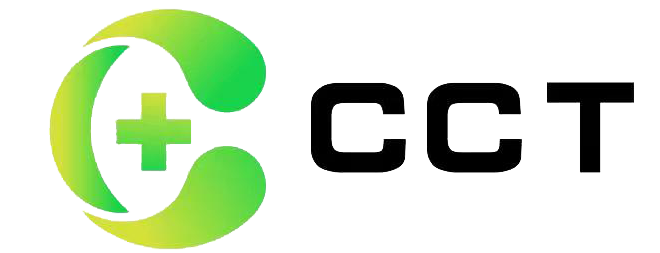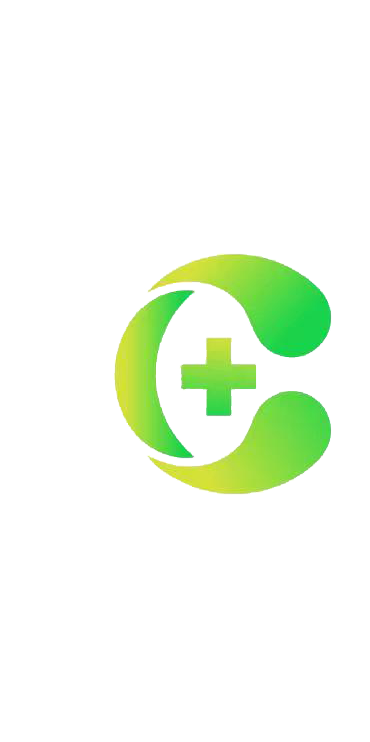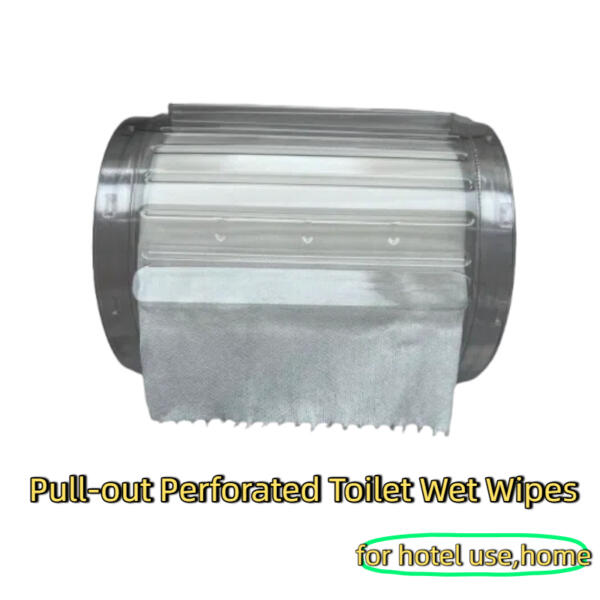1. What are the side effects and hazards of wet toilet paper?
Some wet toilet paper(flushable wipes) products add chemical disinfectants (such as benzalkonium chloride or benzalkonium bromide) to achieve the ‘antibacterial and germ-killing’ effects advertised. Some individuals may experience allergic reactions to certain ingredients in wet toilet paper, leading to symptoms such as redness, swelling, and itching of the genital skin.
Wet toilet paper containing antibacterial agents is not recommended for long-term use on the female genital area. The vagina naturally has a normal bacterial flora, and prolonged use of antibacterial agents may disrupt this balance. (Occasional use during menstruation is acceptable, but it is important to follow up with a dry tissue to maintain a dry environment.)
Some wet toilet papers have excessively high moisture content, leaving the area damp after use. If you wear non-breathable, tight-fitting pants in such cases, it may lead to bacterial growth around the anus, vaginitis, and other issues.
Many individuals with obsessive-compulsive disorder often over-clean, refusing to stop until everything is spotless. However, excessive friction can damage the skin, mucous membranes, and barriers, leading to redness, a burning sensation around the anus, or itching and flaking of the external genitalia.
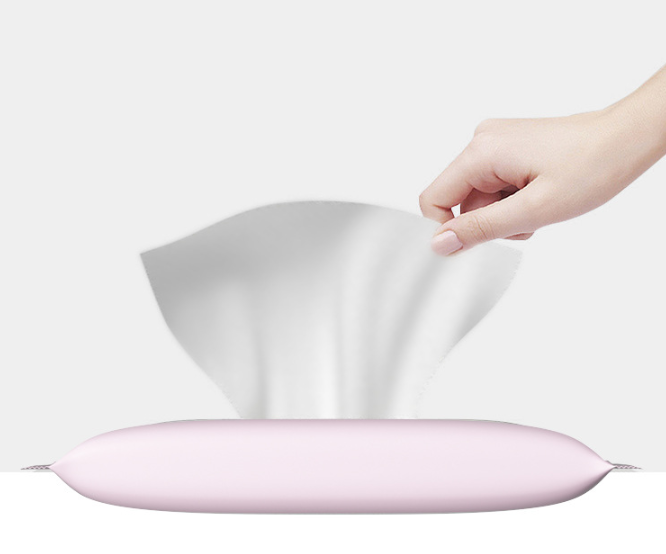
2. Are Wet Toilet Paper Really Necessary?
Whether or not it is necessary depends on personal preference, but it is generally agreed that wet toilet paper is more effective at cleaning and leaves you feeling cleaner.
When we use dry toilet paper, we often feel like we haven’t cleaned ourselves properly.
Every night when changing underwear, you can see yellow stains on them…
Although we feel that dry toilet paper cleans thoroughly, in reality, 0.1g of faecal matter remains on the underwear.
However, this issue is eliminated when using wet toilet paper.
Wet toilet paper belongs to the category of wet wipes, and compared to dry toilet paper, its moisture level is just right.
A gentle wipe can clean the area thoroughly with no blind spots.
To be fair, aside from better cleaning performance, the rest is largely the same. After all, before dry toilet paper was invented, people used leaves and stones to wipe their bottoms—it was just dirtier and smelled worse, but there were no obvious drawbacks.
Therefore, whether it’s necessary depends more on personal hygiene needs. After all, compared to leaves and stones, both options are already much cleaner.

3. Should You Use Pure Water Wipes or Antibacterial Wipes?
For everyday use, pure water wipes are your best choice.
Look for wipes made of:
- Spunlace nonwoven fabric
- Virgin wood pulp
- Pure water (no harsh chemicals)
These provide effective cleansing without irritating your skin. Some formulas also include natural extracts like:
- Aloe vera
- Camellia flower
These plant-based ingredients help soothe sensitive areas without disrupting your body’s natural pH or microbiome.
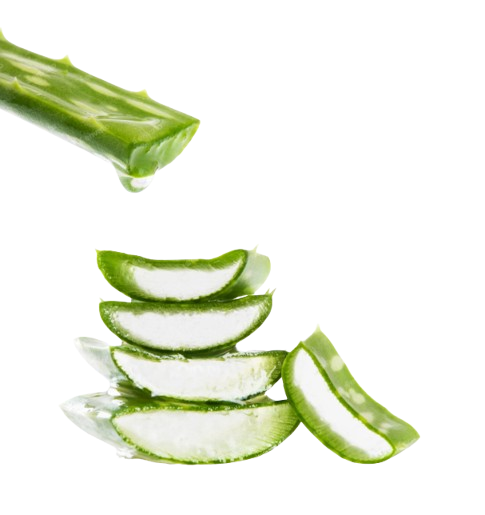
When to Use Antibacterial Wipes?
Only when you’re experiencing:
- Infections
- Inflammation
- Medical symptoms that require disinfection
❗ Avoid long-term use of antibacterial wipes, which can disturb your skin’s protective bacterial layer.
4. Can You Use Flushable Wipes on Your Face?
Yes — but only certain types.
There are two kinds of flushable wipes:
| Type | Suitable for Face? | Notes |
|---|---|---|
| Pure water wipes with natural extracts | ✅ Yes | Safe and moisturizing |
| Disinfectant wipes with chemical agents | ❌ No | May irritate facial skin |
Always check the label. High-quality wipes:
- Use natural fibers
- Have soft texture
- Contain no alcohol or harsh chemicals
Avoid low-quality wipes, which may:
- Cause fiber shedding
- Damage skin
- Disrupt facial microbiome
👶 Baby wipes are often a safer alternative for face use — minimal additives and very gentle.
5. How to Use Flushable Wipes the Right Way
Follow this 3-step method:
- Start with dry toilet paper to remove solid waste.
- Fold one flushable wipe in half, and gently wipe front to back.
- Especially important for women — backward wiping can triple the risk of urinary tract infections.
- If moisture remains, pat dry with dry tissue — don’t rub!
Extra Tip:
For those with hemorrhoids, use wipes with chamomile or aloe vera to help soothe discomfort.
6. How Many Wipes Should You Use at a Time?
No more than 3 wipes per use
Even if the wipes are “flushable,” overusing them can clog your toilet.
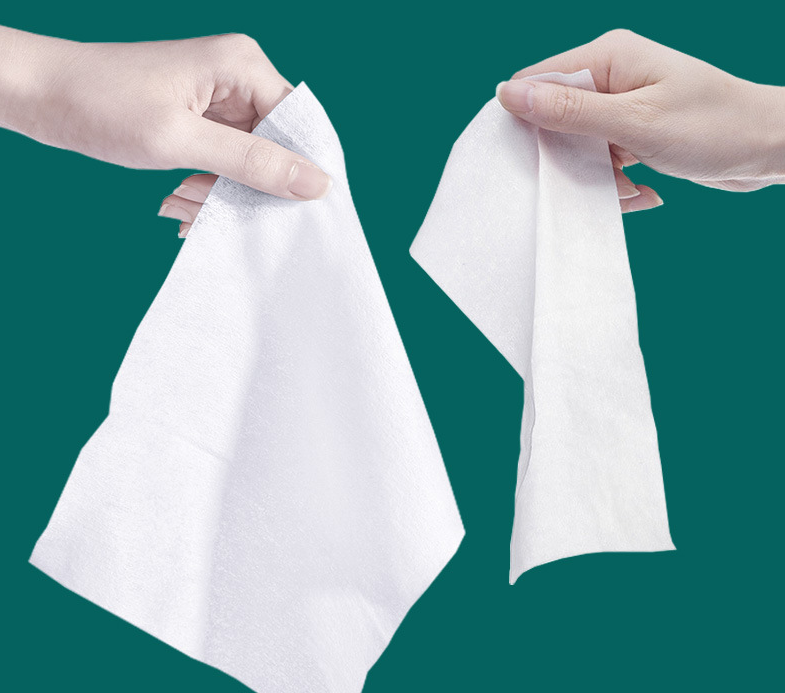
7. Where to Buy High-Quality Flushable Wipes in Bulk? Clean Concept Nonwoven – China Factory Direct
- 100% Tencel spunlace nonwoven
- Biodegradable plant-based fiber
- Flushable & sewer-safe
- Balanced moisture level – dries in 7 seconds
- No alcohol, fragrance, or harsh chemicals
- Safe for sensitive skin
Wholesale & OEM available
👉Visit Official Website
Product Page:
Flushable Toilet Wipes Roll With Aloe Manufacturer
Aloe-infused flushable toilet wipes.
Made from 100% biodegradable Tencel fibers, they are plumber-safe, anti-bacterial, and hypoallergenic. China factory directly sells to several country
✅ Roll Format – Convenient, compact, and easy to use
✅ Flushable & Rapidly Dissolvable – Safe for all toilets and plumbing systems
✅ Made from Tencel™ – 100% biodegradable & compostable fiber
✅ Infused with Aloe Vera – Naturally soothing & moisturizing
✅ Anti-bacterial – Enhanced hygiene protection
✅ Fragrance-free & Hypoallergenic – Ideal for sensitive skin
✅ Eco-Friendly Packaging Available – Sustainable inside and out
📧 [info@topnowoven.com] | 📱 WhatsApp/WeChat: [+8613816397549]
